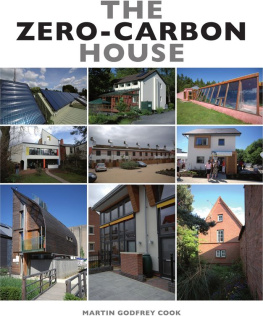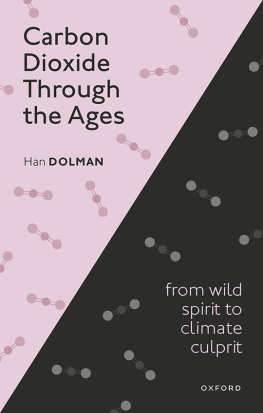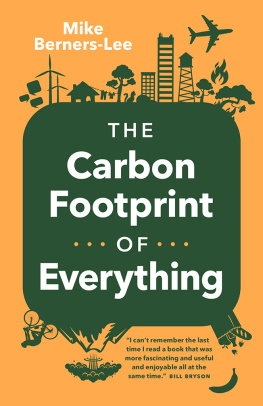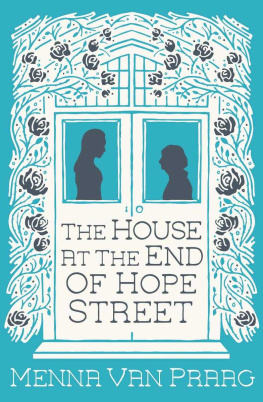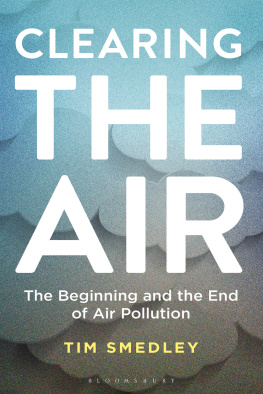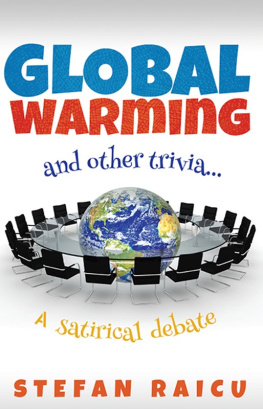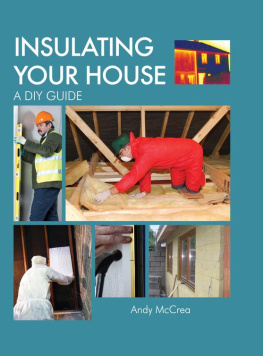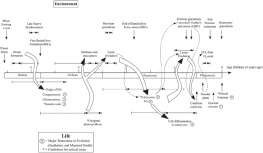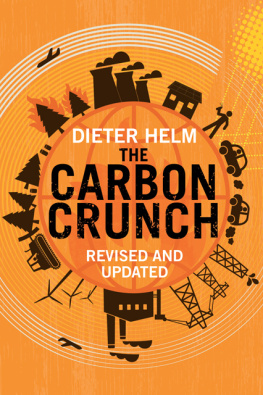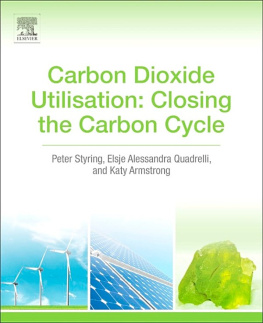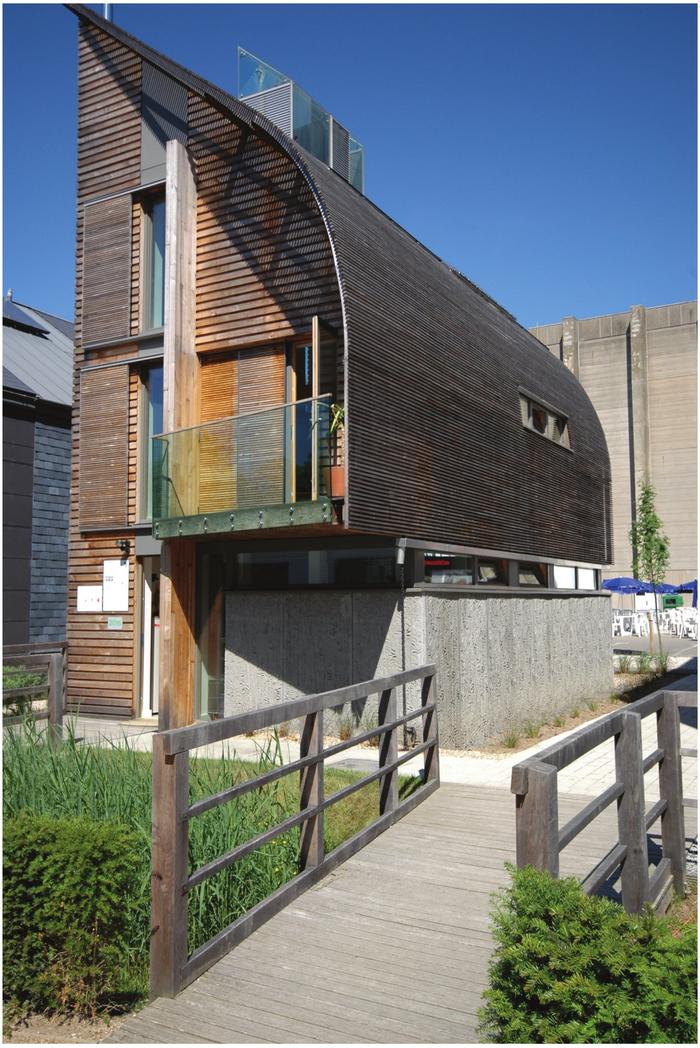I should like to thank all the members of the RIBA Sustainable Futures Committee for their stimulating company over the years, not to mention the fierce email debates over the definition of zero carbon and many other cutting-edge topics. Particular thanks are especially due to Bill Dunster OBE and Mark Elton RIBA for their help with material for the BedZED and Hyde House case studies, respectively. I think we have now reached a consensus on the definition of good architecture as the three ancient canons of Marco Polio Vitruvius plus sustainability. We will resist all attempts to place adjectives such as green, eco and sustainable in front of the term architecture for as long as we meet!
I should also like to thank the many owners, architects and other agents of case study zero-carbon houses, who were generous with access and material, particularly John Christophers RIBA. Johns refurbished and extended Victorian terraced house in Birmingham, England, gives a glimpse of the carbon-neutral future for the existing housing stock, in the United Kingdom and elsewhere for that matter possibly even Birmingham, Alabama, USA.
Internationally, I am grateful to Michael Reynolds AIA for access to Earthships in the UK and abroad, and Jaime Lerner, architect and former mayor of Curitiba for his open discussion at the British Film Institute in London, after the screening of the documentary film A Convenient Truth: Urban Solutionsfrom Curitiba, Brazil towards the end of 2009. The scientists and authors, Stewart Brand and Jim Love-lock , deserve particular mention for the insights that their consistently wise and thought-provoking books have provided me with over the years. The many other publications that have influenced me are given due credit at the end of this book.
Closer to home, I should like to offer my sincere thanks to Crowood for their sound advice and infinite patience during the preparation of this manuscript . Finally, infinite thanks are due to my family for their constant support, and I hope that this publication goes some small way to help to secure a sustainable future for the younger members of my wider family.
The idea of reducing your carbon emissions to zero is a challenging prospect, but far from impossible to do in your house, prospective or existing, old or new. Our domestic energy use and associated carbon dioxide emissions are a good place to start, as at least three-quarters of the houses we live in now will still be with us in 2050 the year that dramatic carbon-reduction targets are usually set for. So, the impact of new dwellings is limited maybe they should be less-than-zero carbon.
The imperative to reduce our collective environmental impact was never more important, as global population continues to grow and more people indulge in profligate lifestyles business as usual is not an option, on an international level. Indulgent lifestyles are so last-century and threaten to deplete diminishing resources it is churlish to reduce your carbon footprint at home and then splurge your reductions on luxuries such as long-haul air travel take the train or ship instead!
Our behaviour is clearly an important aspect of our response to environmental warning signs, such as the depletion and extinction of animal species, many of which it is difficult to see how we could survive without, such as the humble bumble bee. This book gives some consideration to these aspects in its first and final chapters. But the main thrust is the zero-carbon house and how it is achievable in old or new building stock.
Chapter 2 gives a brief description of the evolutionary and theoretical attempts at zero-carbon houses, or zero-energy or autonomous houses as they were called in yesteryear. This quest started almost a century ago, just as we were becoming increasing less sustainable, due to cheap electricity and fossil fuels, and was spurred on by the energy crisis of the 1970s. There is much to learn from the history of the quest, and it is sobering to think that global population has doubled to seven million in the four decades since our last earnest attempts at domestic sustainability.
Chapters 3, 4 and 5 deal with existing, new and communities of zero-carbon houses the latter is clearly an essential aim to release economies of scale in our quest to reduce our impact on the planet: one-planet houses for one-planet living, and survival. Chapter 5 is devoted to Earthships, first pioneered by the New Mexican architect, Michael Reynolds in the 1970s for which he was in turn vilified and, latterly, praised by the American Institute of Architects. The recently produced documentary film of his quest, Garbage Warrior, is essential viewing.
Treat the earth well: it was not given to you by your parents, it was loaned to you by your children . We do not inherit the earth from our ancestors , we borrow it from our children.
Oglala Sioux proverb
To be modern is to find ourselves in an environment that promises us adventure, power, joy, growth, transformation of ourselves and the world and, at the same time, that threatens to destroy everything we have, everything we know, everything we are.
Marshall Berman (1982)
INTRODUCTION
Climate change is the biggest threat that our civilization has ever had to face up to. These words were uttered recently by Professor Sir David King in a BBC radio interview. The former Chief Scientific Advisor to the UK Government went on to say that he thought climate change was a bigger threat than terrorism an existential threat, but one that we are not focusing upon it is too abstract and seems far off into the future. We focus on threats like terrorism and nuclear weapons, as existential threats that are immediate and tangible. They are easier to focus on than the beguilingly abstract threats of global warming and climate change, which are also serious and increasingly immediate existential threats.
King went on to cite recent events that showed the existential threat of climate change, such as the summer of 2003, which was the hottest on record, and in which 32,000 people lost their lives. It was the largest single natural disaster in Central Europe in recent times, but it was not recorded as such because it played out over several weeks, rather than happening in a media-friendly instant. Although there is no doubt that the media plays its part in sensationalizing scientific predictions, not always helpfully, perhaps.
Sir David King was equally controversial in his views on the invasion of Iraq, and regarded oil as the primary driver for what he called the first of the modern resource wars a friendly government is needed in Iraq to ensure continued supplies of cheap oil, in his view. In particular, he cited the United States of America, who use roughly a quarter of the worlds oil production and have an economy that is based on the availability of cheap oil. Iraq is geographically situated on a very large amount of the remaining conventional supplies of oil, a fact that was thrown into sharp relief by the need to drill a mile beneath the sea in the Gulf of Mexico, for closer reserves of oil a technically challenging endeavour that can easily go badly wrong.
The USA is an easy target in terms of carbon addiction, but we are all mainlining on fossil fuels. The States could have ameliorated their image by signing Kyoto, but even those nations who did, such as Britain, are not meeting their targets. The UK Government recently admitted that they will fail to meet their 2010 carbon dioxide emissions targets. On a more positive note, Sir David does not view the recent conference in Copenhagen as a disaster for action on climate change quite the contrary, actually. Although a global protocol was not produced , everyone turned up, including 150 heads of states and all the larger nations, and a document that takes us forward was formulated. Developing countries, such as Indonesia, have committed to reduce their carbon emissions by 26 per cent; Brazil said that they will stop all deforestation and start reforestation by 2025 and a large part of our rising carbon dioxide emissions are from deforestation.

